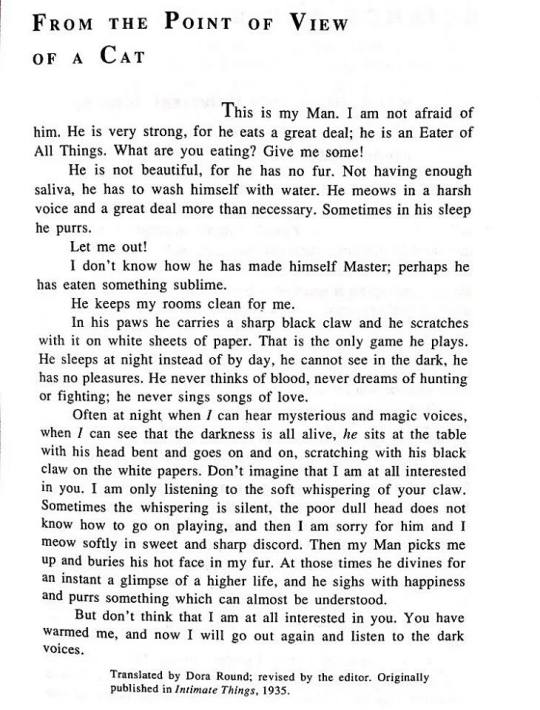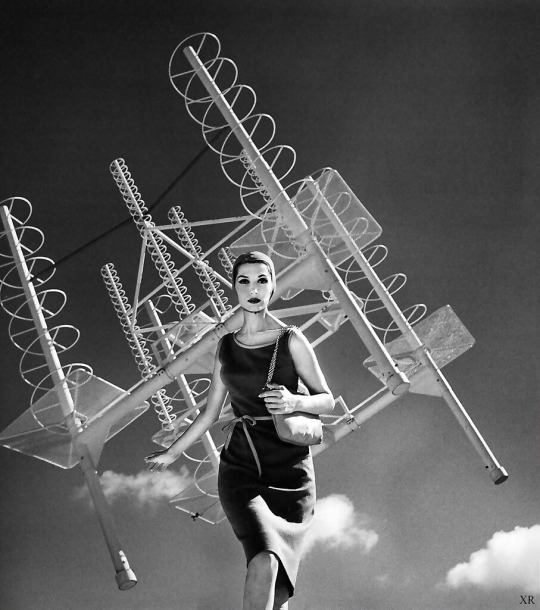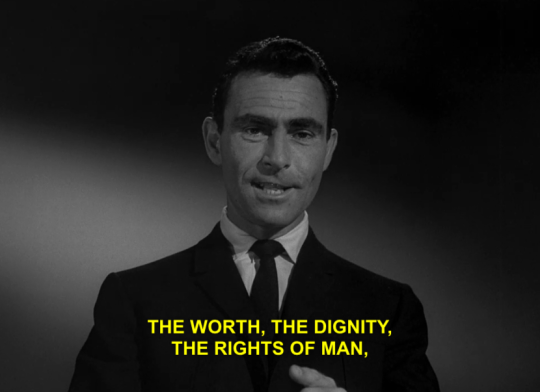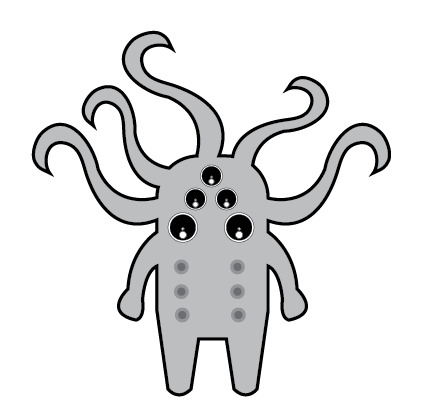Woman Computer Geek. Artist. Observer. Science and Technology Ally. Futurism Buff. Liker of the Weird and Gross. Dystopian Kafka Fan. Befuddled Alien.
Don't wanna be here? Send us removal request.
Video
Meanwhile, in Surge City
vimeo
(via Hyper-Reality)
4 notes
·
View notes
Text
@ajax
Hey, you know what? The most extreme utopian version of this idea, has a few similarities to the world described in “The Dispossessed” by Ursula K Le Guin. Annares was a cashless society and people could just help themselves to stuff but there was still very heavy social pressure which made the society self-policing. You were simply an antisocial piece of crap if you took more than your share, and the society could shame you into going to rehabilitate. People still had careers and got educations (it wasn’t based on privilege - there was no real social class). You owed it to society to have something you were good at, and could do.
3 notes
·
View notes
Text
PSA: concerning my use of the term “Third Wave”
If you come across the term “Third Wave” in this blog:
I am referring to the post-industrial, information-age society in Alvin Toffler’s book, “The Third Wave.” I am not referring to Third Wave Feminism. Which totally is not within the scope of this blog.
1 note
·
View note
Text
A possible vision of life without work: most idealistic; AIs doing most middle and upper class jobs, heavy automation, universal income
A possible way-out-there, possibly unlikely (but interesting to think about) thing that could happen with people no longer working for money, in the "best case scenario" utopian vein:
Other people may expect a lot more of you, since you're always around, and since many of the things you had to pay money for (child care, elder care, many personal services, home/auto repair, etc) are wastes created by the world of work. Even much of the k-12 school system as we know it might grow obsolete or may change drastically as schools will be able to be integrated into their communities in a more seamless fashion. People will constantly be at the beck and call of their community. With schooling and child care being re-absorbed by the community, children might ultimately work side by side with their parents on things that need to be done.
You still work, actually. Things will still be expected of you - and MORE expected of you, in fact. Your neighbor Jim might ask you to drive him somewhere and your other neighbor Sally might ask you to help watch her kid. The community would EXPECT this of you - you have no excuse for it now. Your JOB will be to be on call for your family and community, for whatever needs to be done. In a more localized community, you will be trading favors more. You'll become as dependent upon the favors returned to you as you were on hire-out services.
Surprised? Actually, this is how humans lived for thousands of years up until the Industrial Revolution. It's how people in more agrarian regions live.
Much of the world you know now, is a waste created by the world of industrial-age work itself. This is perhaps an overly idealistic scenario, or one following circumstances I can't imagine, because the very world population we have is one of those "wastes" now.
Given this idealistic scenario: industry isn't freeing people from working. It's freeing people from the wastes of work that went into creating its own institutions, and ideally, allowing people to return to the work which we performed for thousands of years.
3 notes
·
View notes
Text
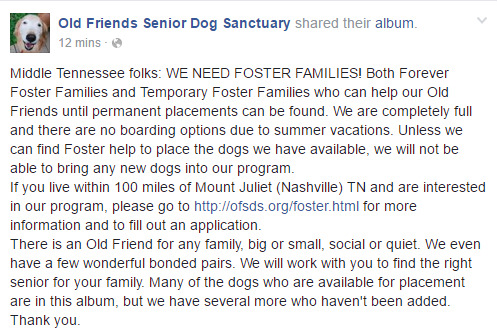
Tumblr, this seems like the perfect job for you. We all know Old Friends Senior Dog Sanctuary is like the best place ever, and now they’ve sounded the horn of Gondor and are calling for aid. If you don’t live nearby, or can’t foster, maybe boost? Do it for Leo and for Mildred, and Captain Ron.
74K notes
·
View notes
Text
does anyone have like a default obsession
like your mind switches through these current obsessions and once the hype kind of dies down, there’s always this one fandom that it switches back to when there’s nothing else new and it’s like always there without fail
288K notes
·
View notes
Photo

Happy birthday to Franz Boas, often called the father of American anthropology. Boas, who was born on July 9, 1858, worked at the American Museum of Natural History from 1896-1905, during which he organized and led the Jesup North Pacific Expedition (1897-1902). This undertaking set our to investigate the links between the people and the cultures of the Pacific Northwest Coast of North America and the Eastern Coast of Siberia. Ostensibly the goal of the expedition was to prove the Bering Strait Migration theory which postulated that the North American continent was populated by the migration of Asian peoples across the Bering Strait. However, Boas was more concerned with documenting the cultures on both sides of the Northern Pacific that he and many other anthropologists feared were soon to be lost to colonialism and acculturation.
The fruits of his labors are on view in a number of locations throughout the Museum, including the Hall of Northwest Coast Indians. The hall, which is the Museum’s oldest, opened in 1900 to showcase the collections and research of the expedition. Take a look at the hall.
194 notes
·
View notes
Text
Everyone always wants to talk about Hook or Pan. Everyone always wants to debate which one is good and which is evil - who we’re supposed to follow and who we aren’t. The Peter Pan mythos has pretty much shrunk down to nothing but Hook and Pan (Hook, SyFy’s Neverland, Pan, OUAT, etc). Occasionally Tinkerbell factors in (Hook, Disney’s Tinkerbell, OUAT, etc). There’s one character, however, that always gets sidelined - which is puzzling since they are the main character of both the play and the book. That character is, of course, Wendy Darling.
Peter Pan is Wendy’s coming of age story. Wendy who decides to run away from home. Wendy who realizes that she must grow up - and that there’s no shame in that. Wendy who sees Peter as deficient and sees Hook as empty and decides that, no, she doesn’t want to be a part of that. Wendy gets the adventure she’s always wanted and she turns away because she realizes that it’s lacking. She’s the only one who truly sees the hollowness of being young forever. Barrie even says “You need not be sorry for her. She was one of the kind that likes to grow up. In the end she grew up of her own free will a day quicker than other girls.”
People always debate on who the hero is. When they learn that Peter could be horrid they assume it has to be Hook. Of course, the answer is that neither of them are the hero. Wendy is the hero of the story. You’re not supposed to be like Peter, who kept every good and bad aspects of being a child and can’t tell right from wrong. You’re not supposed to be Hook, either. He let go of everything childish and loving about him and became bitter and evil. They’re both the extreme ends of the scale. You’re supposed to fall in the middle, to hold onto the things about childhood that make it beautiful - the wonder, the imagination, the innocence - while still growing up and learning morality and responsibility. You’re not supposed to be Hook. You’re not supposed to be Peter Pan.
You’re supposed to be Wendy Darling.
96K notes
·
View notes
Photo

He was a young artist employed by the Disney studio, but tasked with the entry-level job of finishing off the work of the animators and crafting the “in-between” animations that completed the characters’ movements. Wong had learned that studio executives were creating a film from the new novel, Bambi, A Life in the Woods by Felix Salten. Tom says the young artist read the book and without consulting his supervisor, “took the script and painted some visual concepts to set the mood, color and the design.”
His sketches recalled the lush mountain and forest scenes of Sung dynasty landscape paintings. His initiative paid off. Walt Disney, who was looking for something new for the film, was captivated and personally directed that Wong be promoted. Today, top animators and illustrators revere Wong’s work. Children today are as enchanted by the misty, lyrical brushstrokes of Wong’s colorful nature scenes, inspired by his training at Otis College of Art and self-study of Sung Dynasty art
Source [x]
Follow Ultrafacts for more facts
244K notes
·
View notes
Photo


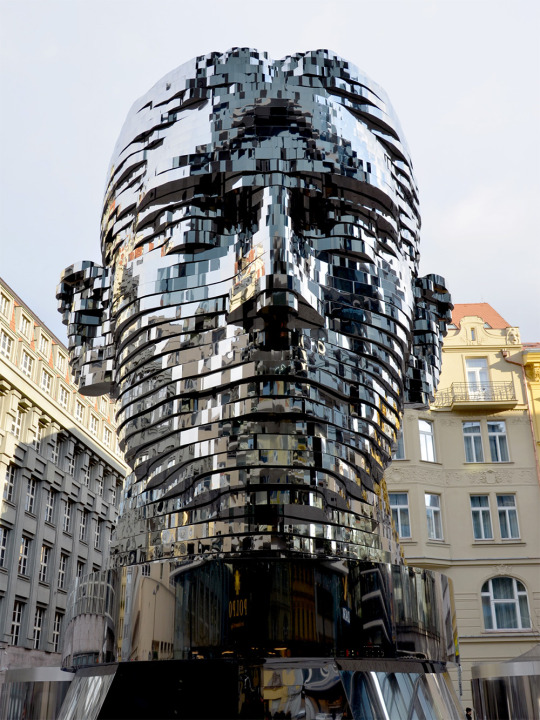
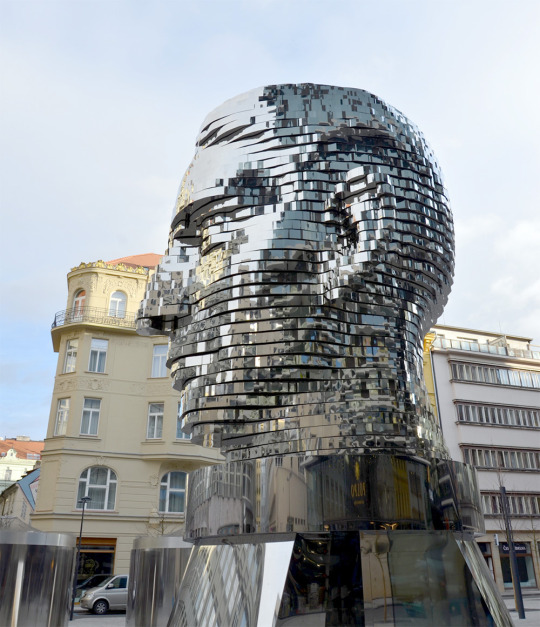

Exquisite Kinetic Sculpture of Franz Kafka’s Head Captures the Author’s Dismay
Controversial Czech artist’s David Cerny’s kinetic sculpture of the head of writer Franz Kafka is located in the busy and beautiful shopping center in Prague. Made from 24 layers of stainless steels, which individually moves, it weighs around 45 tons.
Keep reading
2K notes
·
View notes
Photo
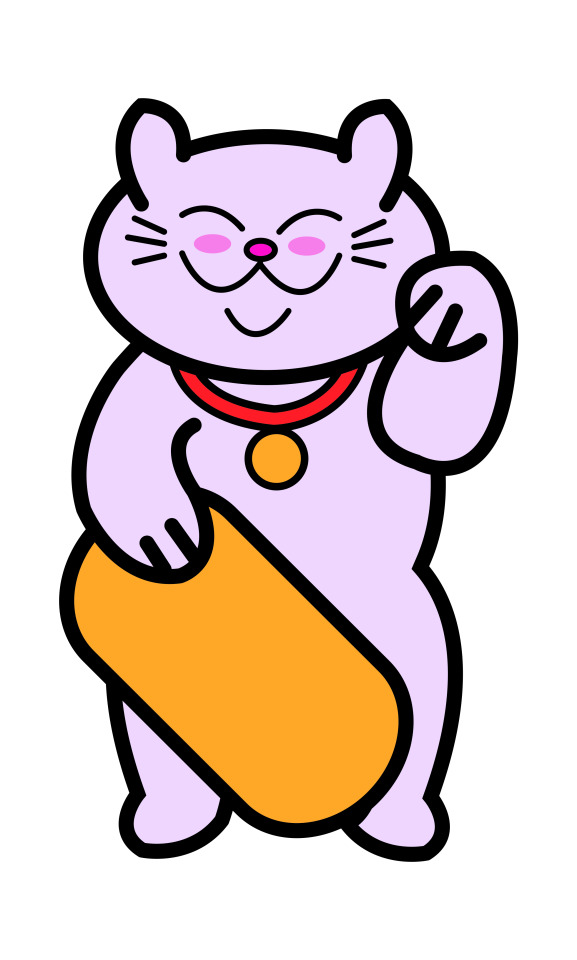
From my upcoming book, Lonely Leo (working title.) Maneki Neko figurine in a Japantown shop window.
3 notes
·
View notes
Photo
I dig it.
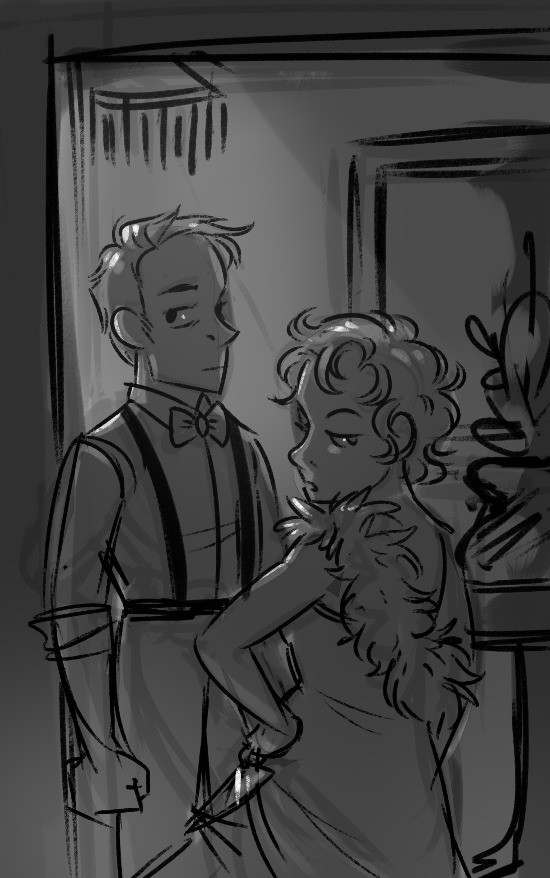
//dumps dors and hari into noir setting mostly for pseudo-20s aesthetic
23 notes
·
View notes

